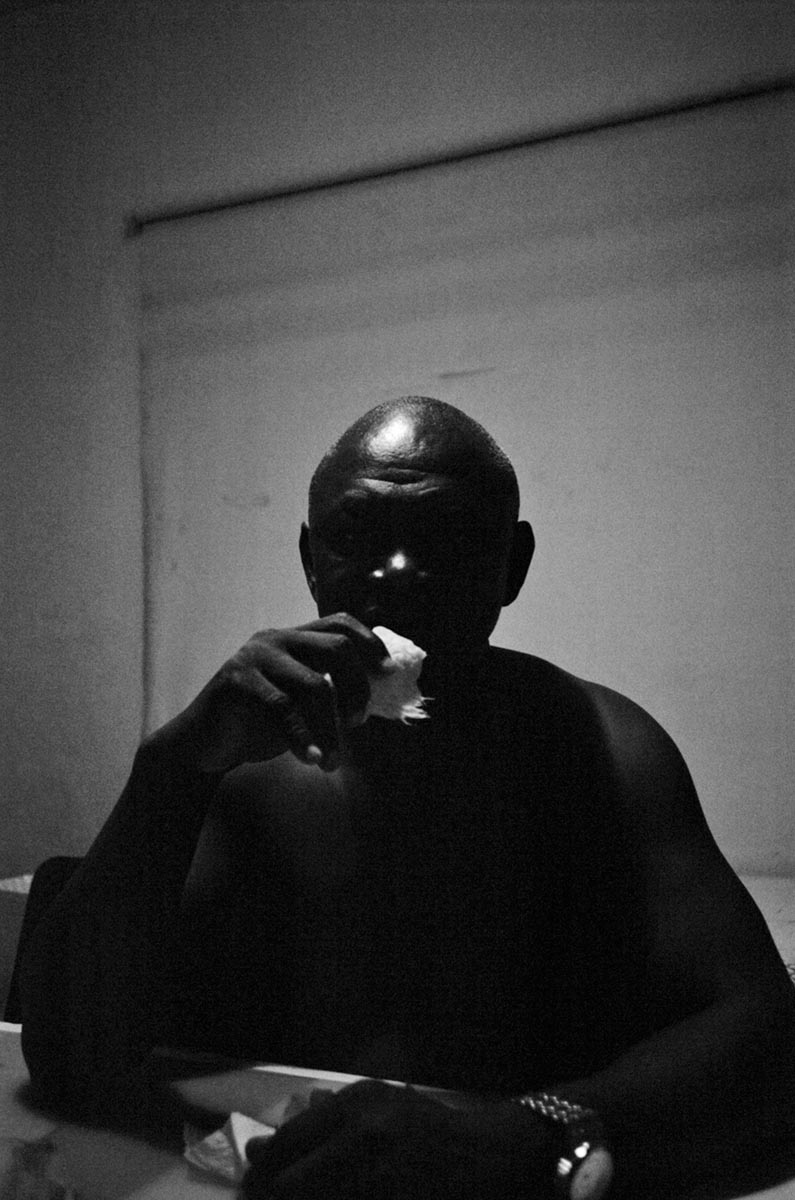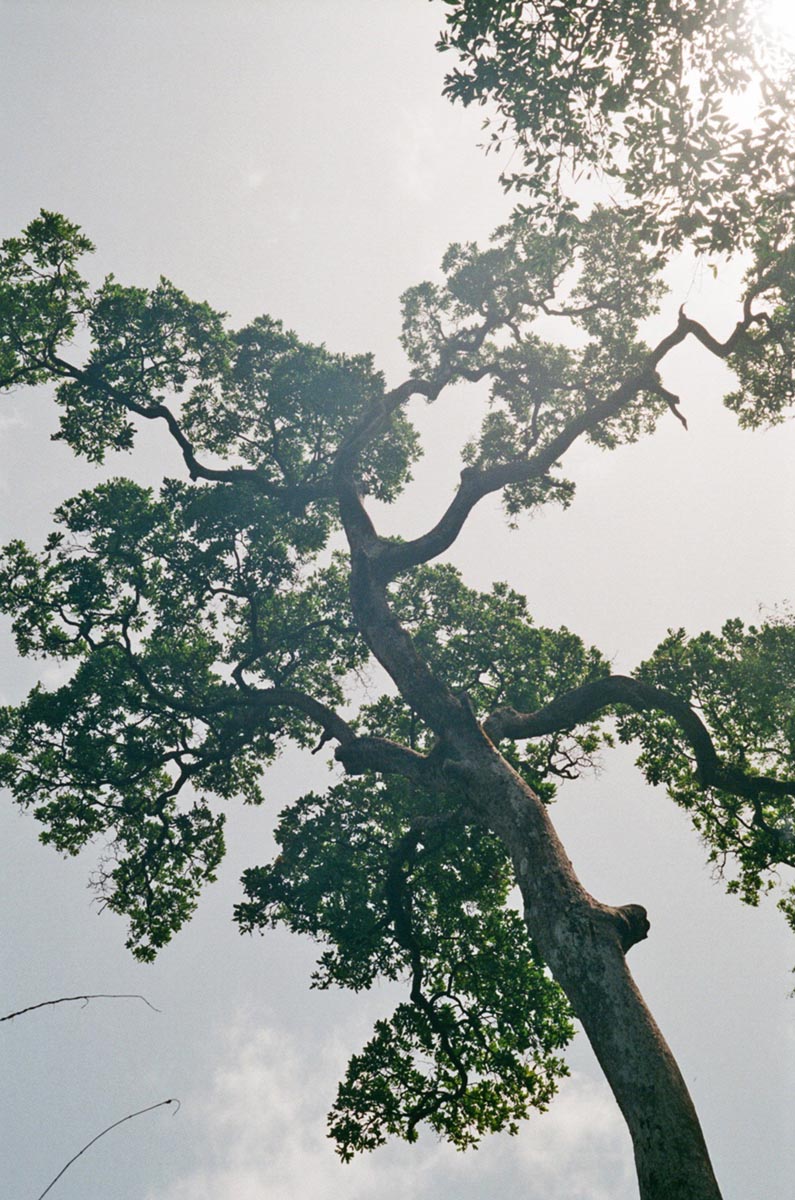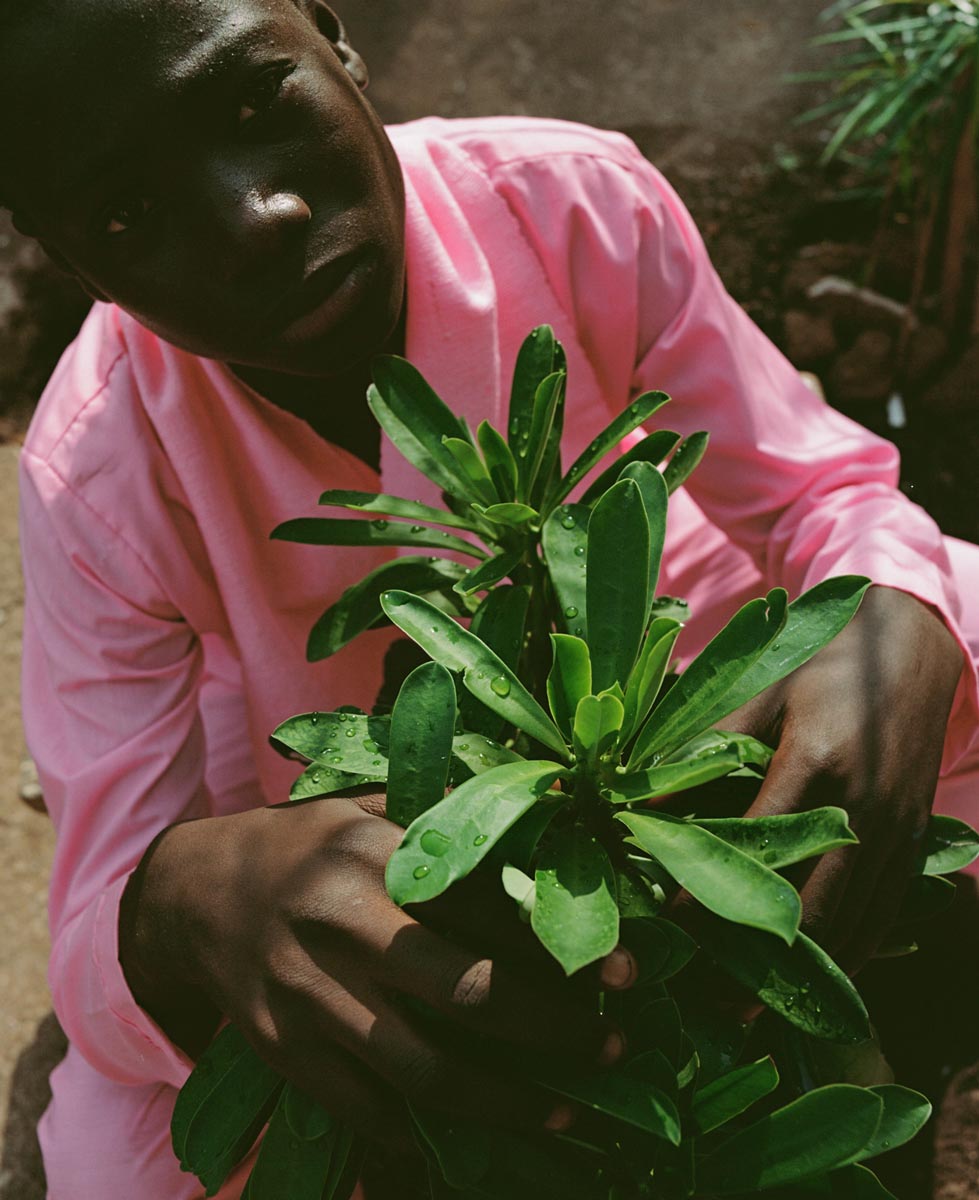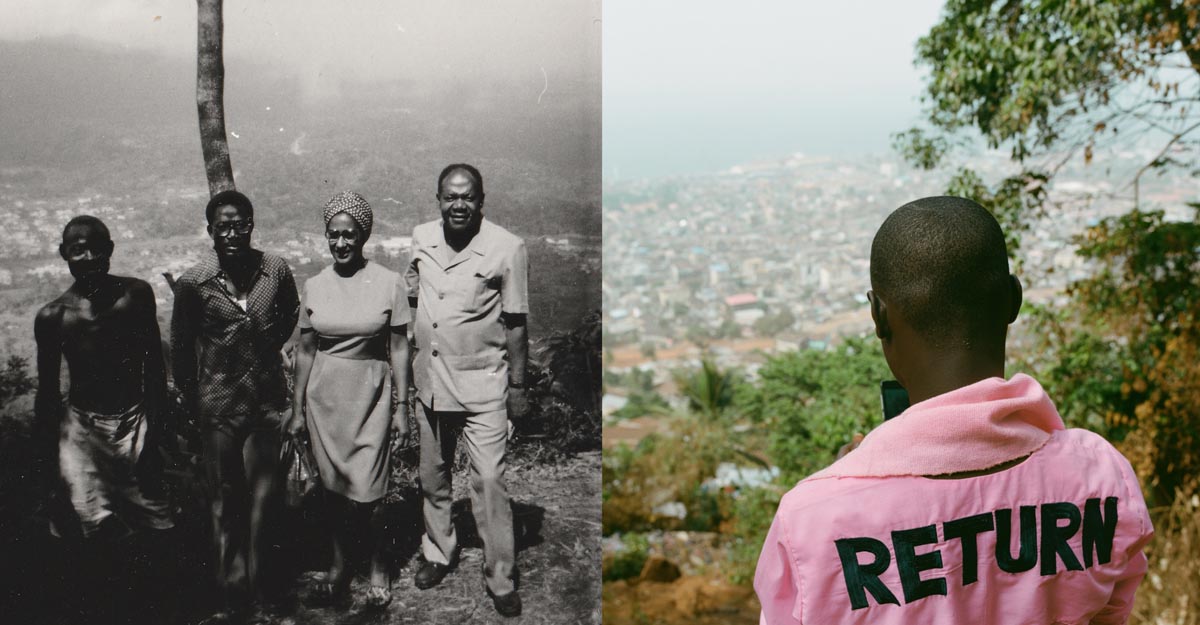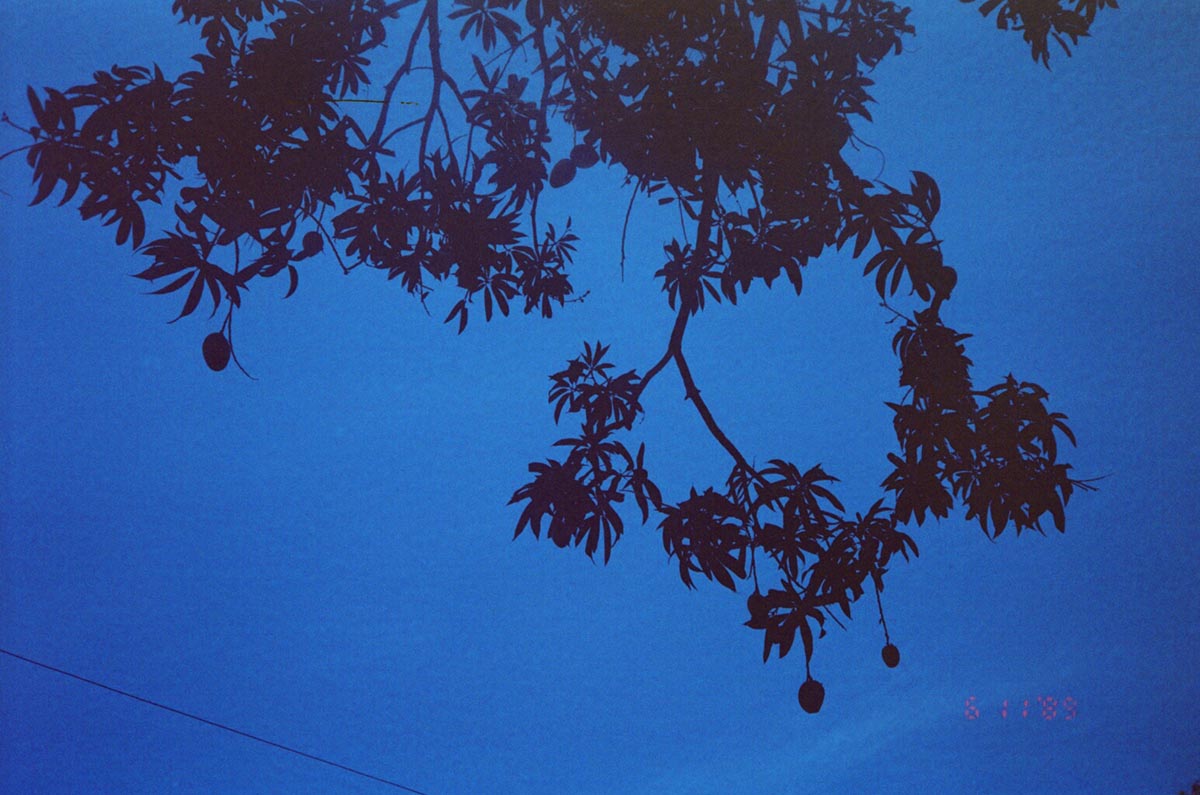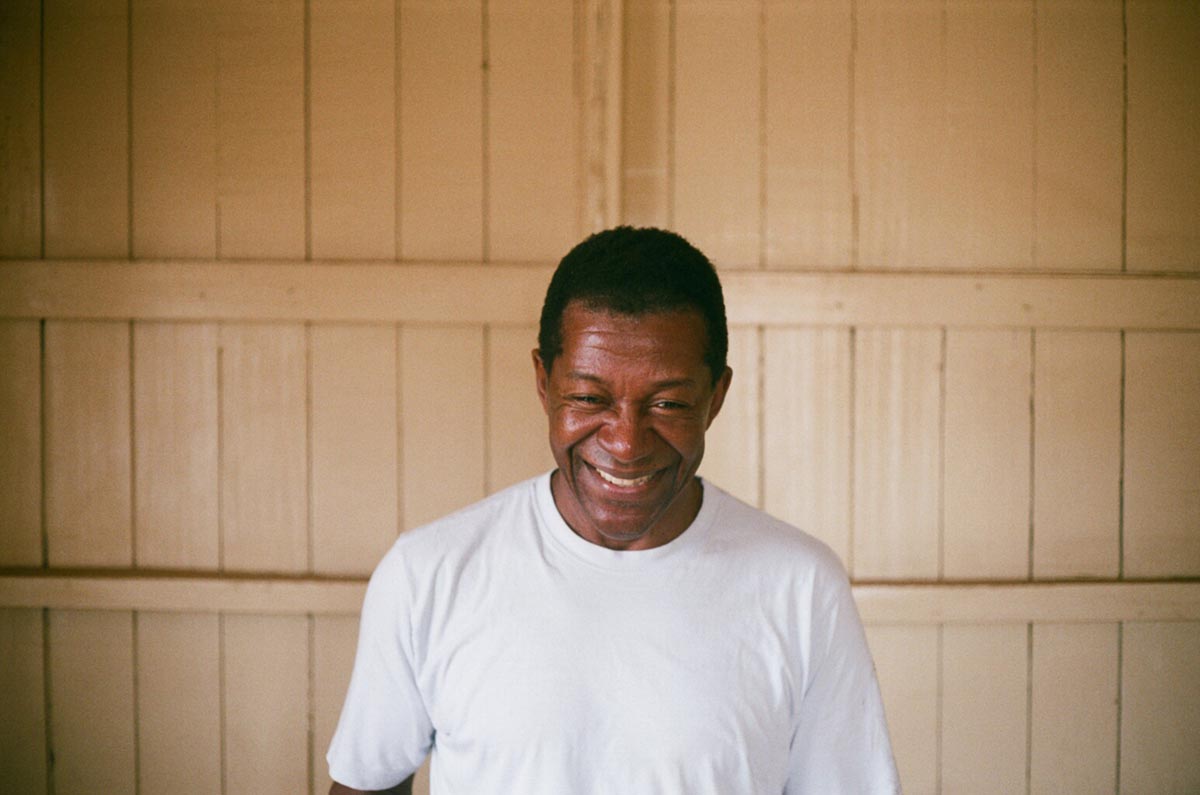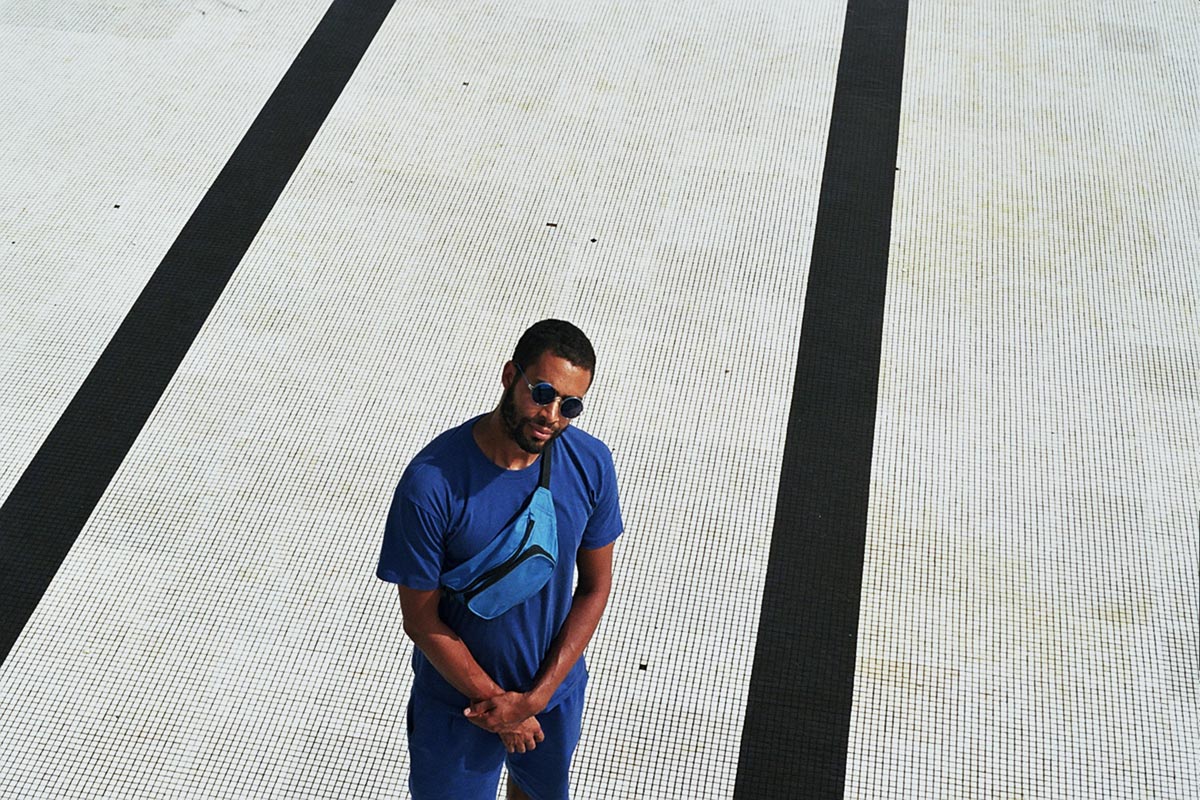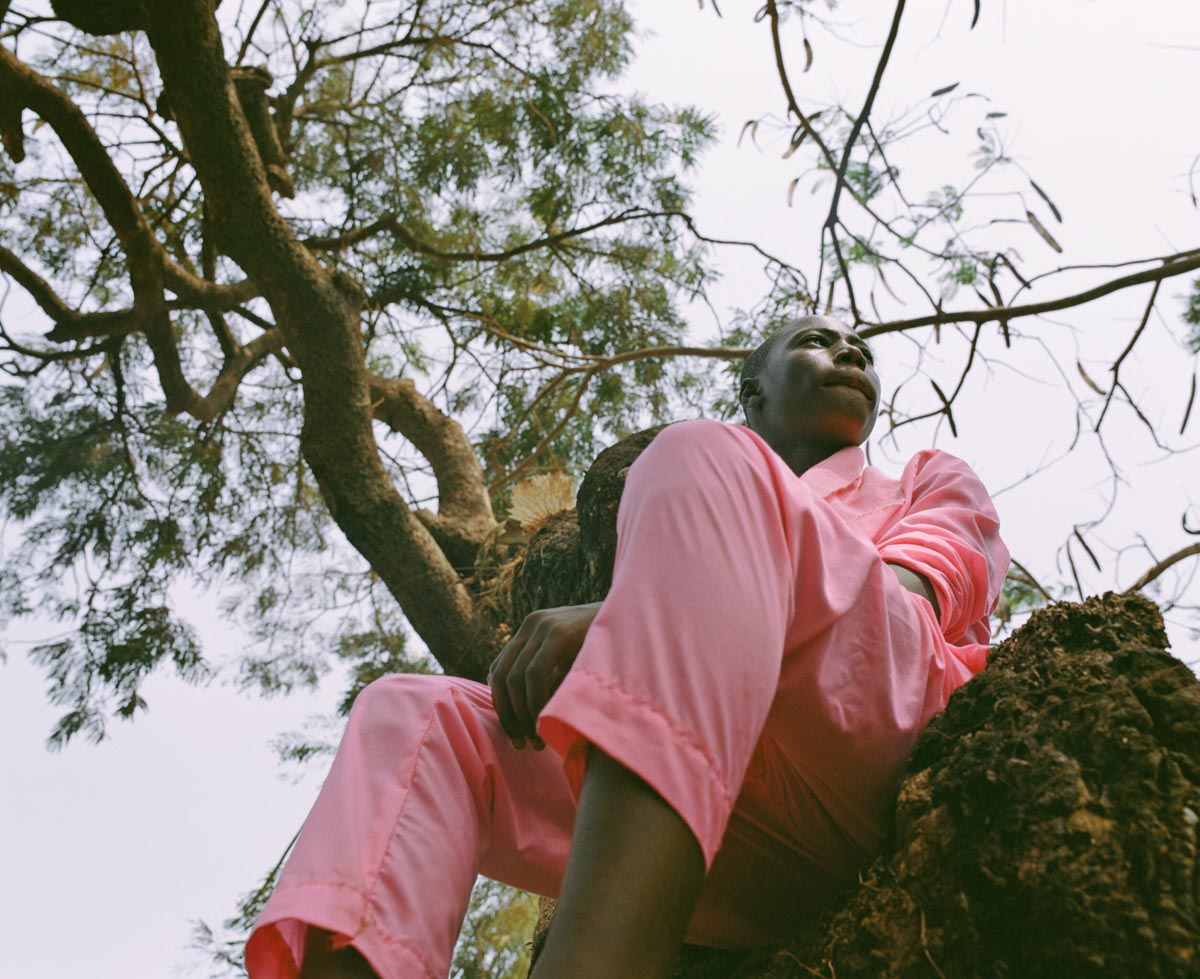The experimental artist debuts his third album Sen Am, and new video Return, on Nataal. Both are his love letters to Sierra Leone
There isn’t much Duval Timothy doesn’t put his talented hands to. His multidisciplinary output spans painting, music, photography, sculpture, design, food, video and textiles. He studied fine art at Central Saint Martins and has exhibited his work in London, New York and Istanbul. He co-founded the successful pop-up dining experience and subsequent cookery book, The Groundnut and more recently, he was associate producer on Sampha’s Process film by Kahlil Joseph. Timothy brings much of his output together on his Carrying Colour platform, which showcases his clothing line and other objects. Oh, and he’s released two albums along the way, too. Right now we’re here to talk about his third LP, Sen Am.
The experimental work is the result of Timothy spending seven months in his father’s home city of Freetown, Sierra Leone and expresses his deeply personal relationship to the place and its people. The minimal, off-kilter sound finds his solo piano work interspersed with vocal samples and slide guitar courtesy of long-time collaborator Nicholas Mandalos. The album’s release is accompanied by a video for the track Return, which debuts exclusively with Nataal.
Please describe your upbringing and route into music?
I’m a south Londoner - my mum is English and my father is Sierra Leonean and Ghanaian. I was into R&B when I was very young and then hip hop and jazz. I also had piano lessons as a kid but didn’t invest much time into it. At 13, I learnt the piano part of an early Amy Winehouse track and that was a real eye opener. I gave up on trying to read sheet music and I started making up chords. After some time I had these progressions I would play again and again as a kind of personal therapy. Then at college, I turned these chord progressions into a project and this developed into recording my first album Dukobanti in 2012.
How has your sound evolved?
Overall my music is getting sparser and I’m trying to consider what each note is doing in a song. I’ll often play slower and let certain notes or chords just hang in the air for a while. That’s what I appreciate most about hip hop - the idea of reducing something to a couple of looped samples. It’s just like putting an object in a gallery and saying ‘Hey, let’s pay attention to this’. When you zoom in like that, you can see the beauty in everything much more clearly.
What has been the journey of Sen Am?
Going to Sierra Leone on my own was a big thing for me. Making friends, bonding with family, jumping identities from ‘black man’ to ‘white man’ and understanding my position as part of the diaspora with certain privileges and responsibilities. How to stay connected to people there through technology after I left became an important part of the album. My cousin Sydney asking me for money on the track No cracks me up every time I hear it but there’s an undertone of how relationships are often underpinned by money.
The album starts off with a Whatsapp voice note from a friend in Salone, which sets the scene. You can hear the insects in the landscape around him at night that adds to the sense of place. There are solo piano tracks and then it progresses into more ambient and spacey songs. The album ends on a second voice note with a celebratory tone and the prospect of returning again.
What is the concept behind the video for Return?
It stars Sydney - he’s a really cool dude who loves taking selfies so he’s very comfortable in front of the camera. The video starts at my great grandmother’s house in Freetown, where my father grew up. I’ve since inherited that building so it’s a return in that sense. The video follows Sydney through the local streets until he finds a plant that he brings back to the house and plants in the compound, which is symbolic of a return to nature. Freetown is an overpopulated city and plants and trees are often seen as more of a problem than a benefit. Understandably most people would rather drink water than pour it over a plant. When Sydney plants the cactus he falls asleep and is magically transported to a green, leafy dreamscape. That scene was shot near Furah Bay College, Sierra Leone’s oldest university in a beautiful area on the side of a mountain. This represents a return to a better co-existence with plants.
What makes Carrying Colour tick?
Colour is the thing that unifies my practice so I wanted to create a brand that champions colour in a literal sense as well as in terms of identity. All colours. The name is a sort of manifesto in itself. Carrying Colour has become an outlet for all of my creations so I’ve set it up as a business that can adapt to whatever it needs to be at that time. Right now it’s mainly a clothing line but it has become the record label for this album and it will likely turn into something else soon.
What other projects are you working on at the moment?
I’m most excited about making a short film for the album track Whale in Sierra Leone early next year, as well as creating a new book of photography and other documents. Besides that I’m currently designing a range of unisex skirts and ceramics and I have an idea for a sculptural seating area based on the design of Sierra Leone’s national stadium.
Sen Am is out 27 October 2017 on Carrying Colour



